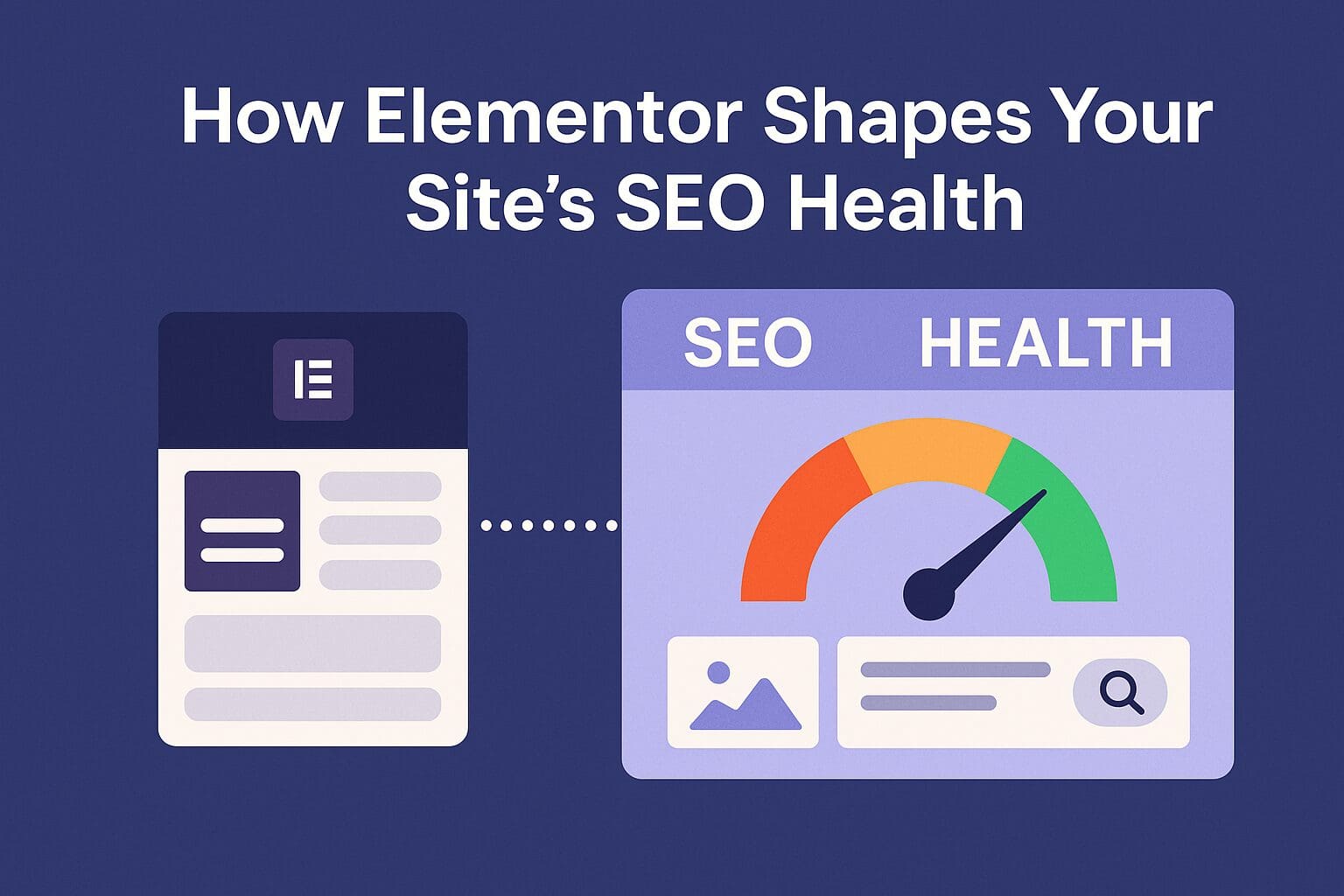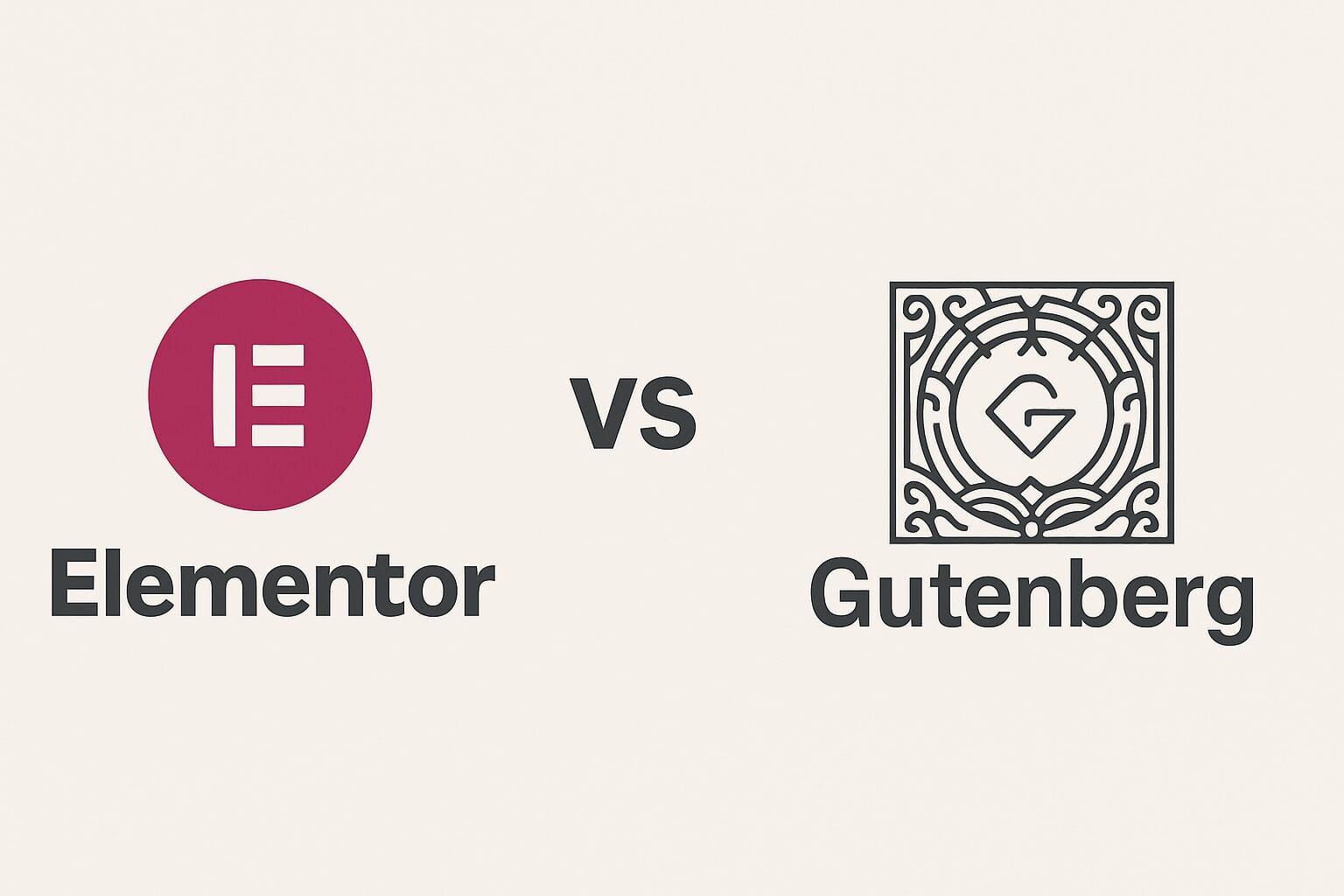Meta descriptions are one of those little things you think don’t matter — until they do.
They don’t directly impact your search rankings, but they absolutely impact whether people click on your page.
And clicks? Well, those do matter.
If your meta description is vague, robotic, or worse, just missing… you’re wasting valuable real estate on Google’s search results.
Let’s dig into how to actually write meta descriptions that get clicks — and yes, ones that help you rank higher over time.
What Is a Meta Description, Really?
Quick refresher:
A meta description is the short blurb that appears under your page title in Google’s search results.
It’s not usually visible on your site itself, but search engines read it.
And more importantly, people read it.
Think of it like the elevator pitch for your page.
You’ve got 1–2 sentences to say:
“Here’s what this page is, and here’s why you should click.”
Do Meta Descriptions Help SEO?
Technically? No.
Google has said meta descriptions don’t directly influence your rankings.
But that doesn’t mean they’re pointless.
Here’s why they still matter:
-
A good meta description increases click-through rates (CTR)
-
Higher CTR sends positive engagement signals to Google
-
You get more qualified traffic — people who actually want what you offer
So while it won’t magically boost you to #1, a solid description helps convert impressions into visits. That’s SEO gold.
How Long Should a Meta Description Be?
Keep it between 140–160 characters.
Yes, technically you can write more, but search engines usually cut off anything beyond ~155 characters.
Shorter is fine if it’s punchy. But don’t go too short — you want enough info to draw people in.
Use a meta description preview tool or plugins like Yoast SEO to see how your blurb will look in search results.
6 Real-World Tips for Writing Better Meta Descriptions
1. Match the Search Intent
This is #1 for a reason.
If someone searches “best WordPress hosting,” and your meta says “Learn about website servers,” — you’ve already lost them.
Instead, write something like:
“Compare the top WordPress hosting providers for 2025. Fast, secure, and beginner-friendly.”
See the difference?
Match the language and intent behind what users are searching for.
2. Use Keywords (Without Stuffing)
Include your target keyword — but naturally.
Google often bolds the words that match a user’s search, which makes your snippet more eye-catching.
But don’t try to cram in three versions of the same phrase. One is enough.
Example:
“Get SEO tips that actually work in 2025. Learn how to improve rankings and traffic the right way.”
3. Add a Clear Benefit or Hook
Why should someone click your link instead of the 9 others on the page?
Mention:
-
A unique feature (“Free template included”)
-
A specific outcome (“Double your site speed in a weekend”)
-
A pain point you solve (“No coding required”)
It doesn’t need to be over-the-top. Just clear.
4. Make It Human — Not Robotic
Avoid generic filler like:
-
“This page is about…”
-
“We offer a variety of services…”
-
“Click here to learn more…”
Write like you’re talking to one person, not filling out a form.
A better version might be:
“Struggling to write meta descriptions? These 6 tips will help you write copy that actually gets clicks.”
5. Don’t Copy Your Page Title
Meta description = an opportunity to say more.
If it’s the same as your title, you’re missing a chance to tell users why to click.
Think of the title as the headline and the meta description as the teaser trailer.
6. Preview How It Looks
Use the Google SERP snippet preview tool (there are several free ones) to test your meta in a real search layout.
This helps catch:
-
Awkward line breaks
-
Cut-off sentences
-
Repetition between title and meta
Even tiny visual tweaks can make a difference in clicks.
What If Google Rewrites Your Description?
Ah yes — the twist.
Sometimes, even when you write a perfect meta, Google ignores it and shows its own version pulled from your page.
You can’t fully control this. But if your meta is well-written and relevant, Google is more likely to use it as-is.
Worst case? Your custom meta still serves a purpose when you share links on social media or messaging apps.
Final Thoughts
Meta descriptions may not be the hottest SEO topic, but they’re low-effort, high-reward.
And honestly?
Most sites do them badly — or not at all. That’s your chance to stand out.
If you take the time to write a few thoughtful, benefit-driven sentences for each page, you’ll not only improve your CTR, you’ll build trust before visitors even land on your site.
That’s what great SEO content does.







